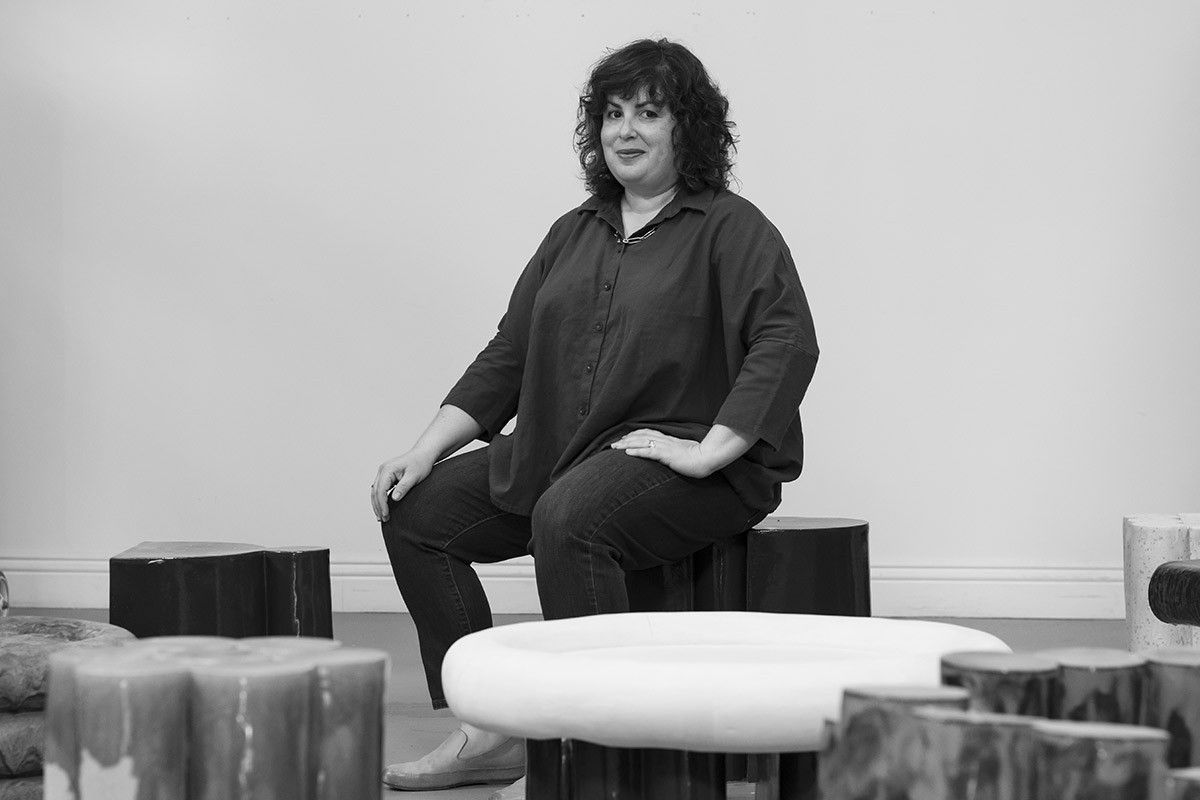
Interview with Bari Ziperstein
In both her design and fine art practices, Bari Ziperstein is constantly breaking the rules of contemporary ceramic art. Like compositions that seem to have rained down from another planet, Ziperstein’s works are always pushing the boundaries of process of construction. The LA-based ceramicist, now part of the Future Perfect Family has appeared in The Future Perfect’s MESS and The Chair shows as well as a current exhibition of new works by the artist at the company’s San Francisco gallery.
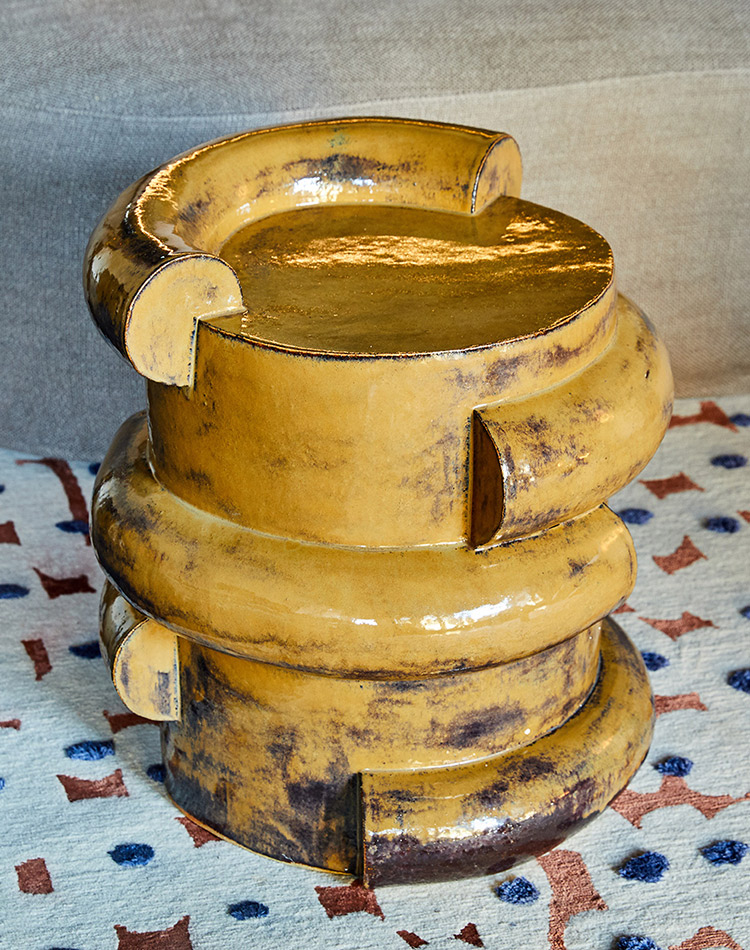
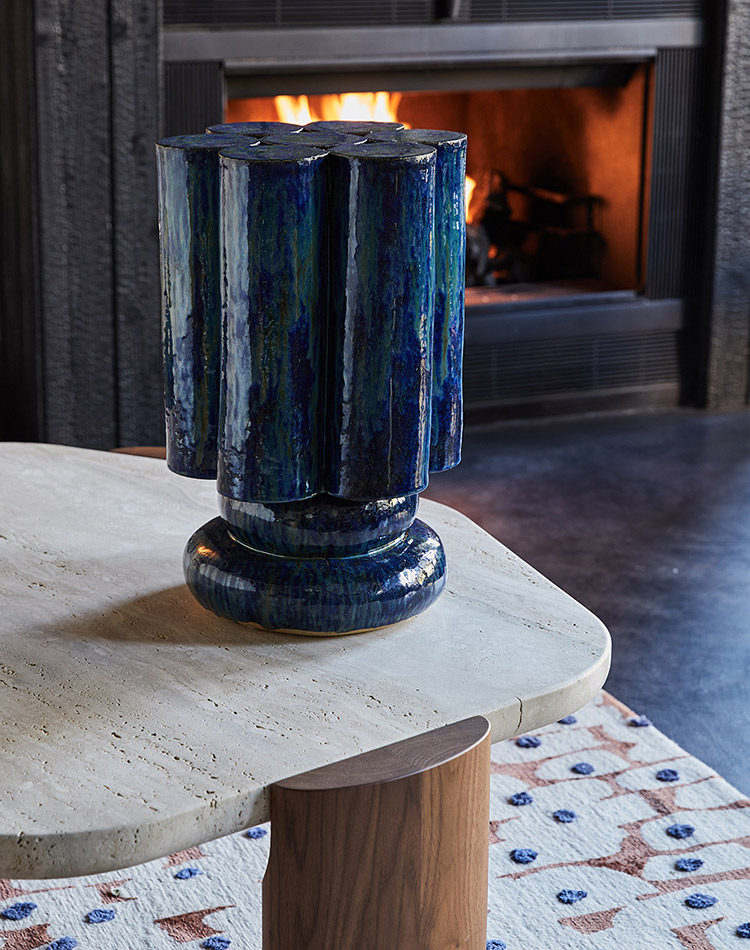
Photography by Daniel Dent
The Future Perfect's MESS show featured more than 50 ceramicists from all over the world. Clay is such a global medium. That being said, why do you think California, in particular, is producing such fantastic work (obviously including your own)?
So much of it comes from Los Angeles' access to clay manufacturing, innovation at our local universities, and space - literally space to spread out to make the works and to fire the works. With all of those combined - it's such a dynamic place to produce innovative works. Building a team can be easy with so many ceramic students pouring out of our robust University systems and with many young people moving here to take advantage of the market in LA as well. Also, the access to the history of Southern California clay is very apparent - with historical exhibitions, text and historical ceramic dealers and makers.......it is not just a locked away history where we can't see, touch, or understand the objects. Amazing institutions such as Scripps College provide resources to the ceramic community at large.
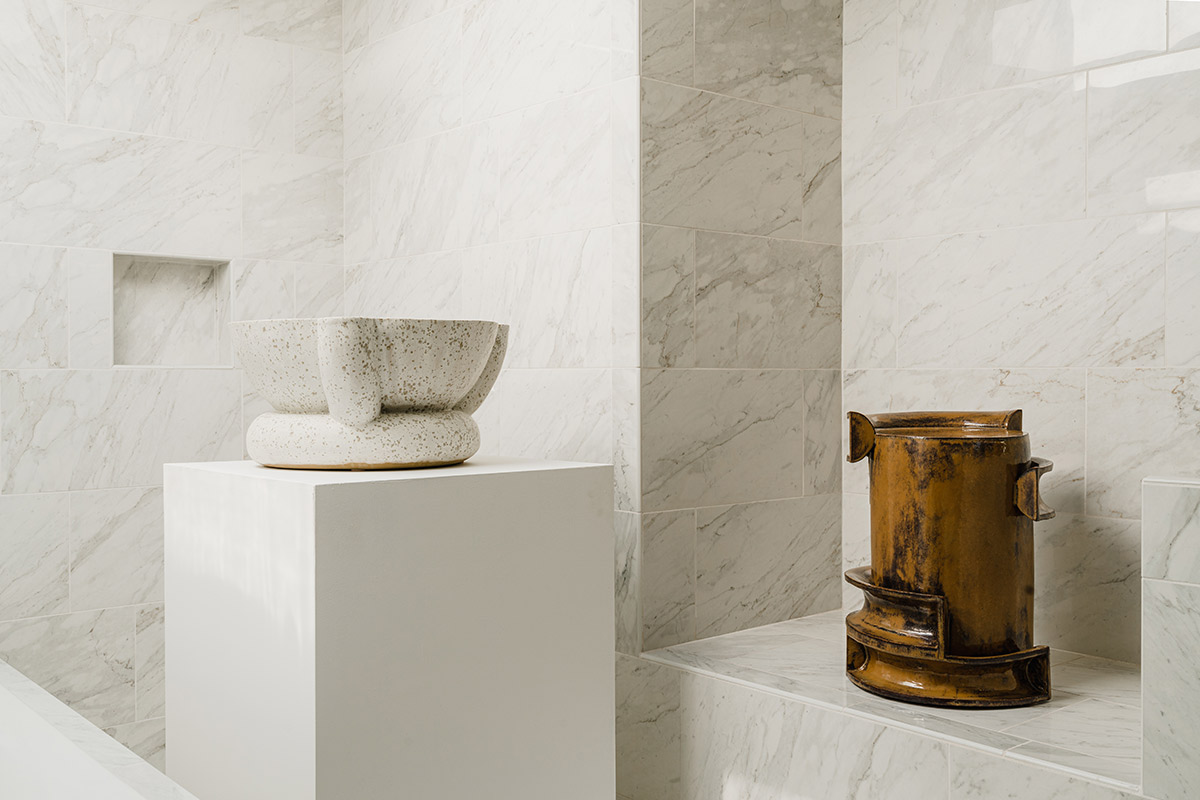
Photography by Liz Carababas
You've done large-scale public projects and works on a smaller, more personal scale. Are you able to toggle easily between the two and does this provide a challenge?
I most enjoy the engineering aspect of larger scale works - but understand the need for my practice to be as diversified as possible for a variety of clients and ideas that require a variety of size outputs. Our team is divided in terms of various fabrication process - which allows us to work simultaneously on large to small scale projects. So our lead fabricator - works on all innovative and one of a kind forms plus large scale editions planters. While our lead of smalls, focuses on all editions items that are table top size. As the creative director, I bounce between various team members but mainly focusing on the innovative aspect of my design practice and on all things fine art. Let's just say, it's never a dull moment!
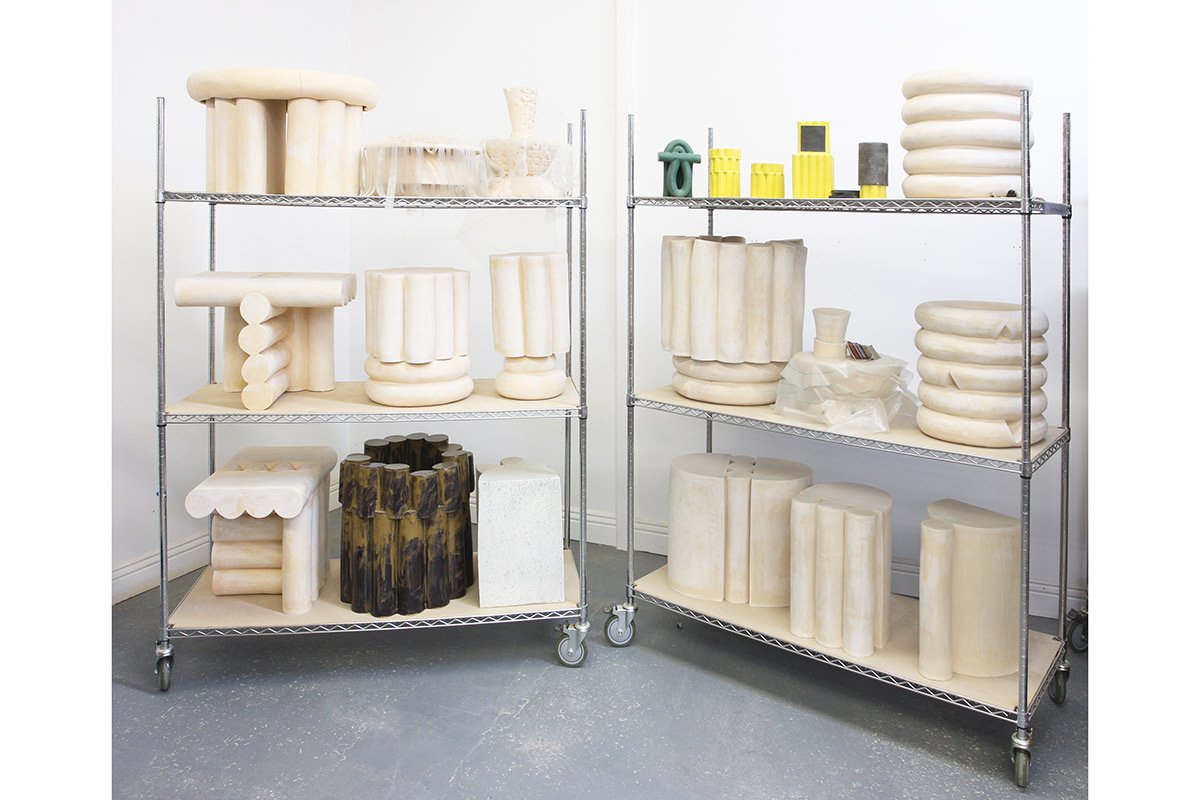
Do you find it difficult to combine a fine art practice alongside a more traditional design business? Or do the traditional boundaries - fine art versus functional design - cease to matter?
It's so crucial for me to have both practices function at the same time, yes, the studio focuses more on design due to the demand and pace of the business. But that is built into the nature of my design practice, and my fine art works are more discerning and conceptual.
The plural practice as an artist and design has become more normalized with in the design world, but the larger frame work of the art world doesn't always accept or have time for artists who have an outward plurality. It's not a tight enough narrative - assuming that one side of the practice distracts from the other 'real art' - whatever that means. Even though, often times artists plurality needs to be hidden in order to perpetuate this myth of the artists only working on their 'work'.
I had an art dealer in the studio a few summers ago on a long Saturday afternoon - where he eloquently summed up the relationship of the design practice and art practice after hours of showing him my rigorous historical research for the art and bringing out most of the Propaganda Pots for display. Stating - that the design practice is like a boxer who trains and trains for the match with discipline and craft day in and day out. But only goes up for a match every so often, but it's that training that allows him to be ready for that match.
From that perspective, the design practice helps my team and I sharpen our skills, gain dexterity with our materials, and experiment with our craft / engineering. When called upon - either for an exhibition or for the need to make art myself - we all have these skills at our finger tips. So the art becomes more about research of content, imagery and an execution of those ideas with my skills at hand.
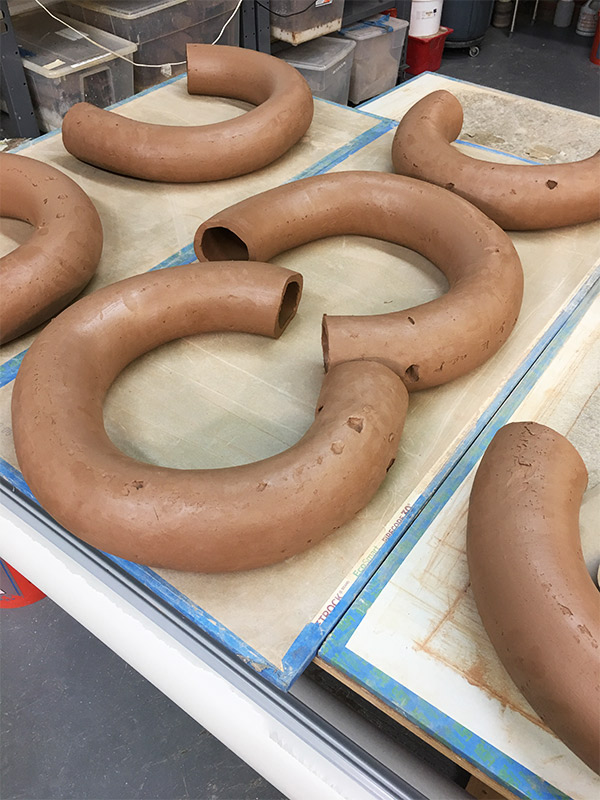
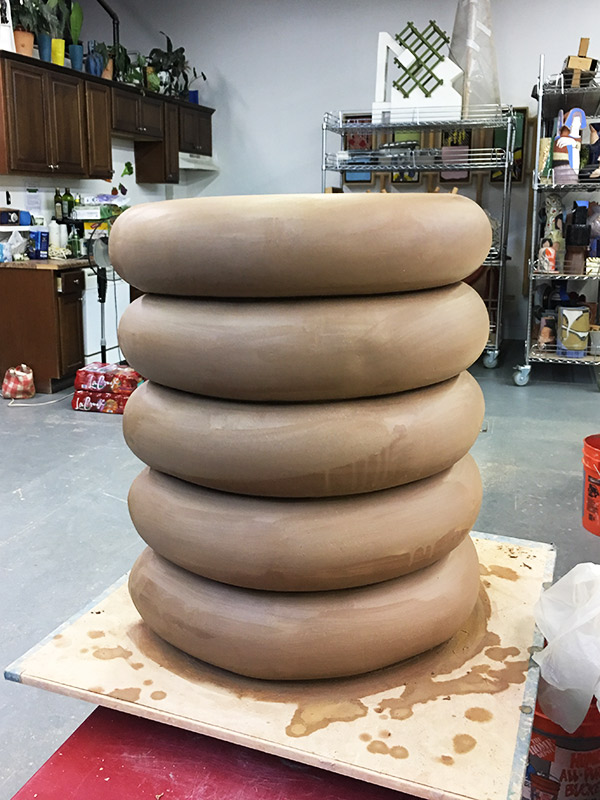
You're able to incorporate some pretty strong themes (environmentalism; consumerism; Soviet era politics) in your work. How do these ideas ferment?
Yes, my art practice has very strong conceptual themes which come about from initial research at the Wende Museum of Cold War in Culver City, CA. Having access to their archives allowed me to discover physical Russian advertising directed at women, boxes and boxes of Russian textiles and factory produced Russian slip cast pottery. It's crucial for my art practice to use notions of history as a means to speak about today's current political climate. Showing the audience just how far we haven't come - and the long ways to go.
I keep binders of research materials, historical books on textiles and Constructivist costumes on hand - to aid in notebooks of sketches for new works. Because my time is mainly spent building my design business at this time - they are like nuggets awaiting for me to unearth after a long push in my design practice. It's important for me to have something to look forward to, where I can shed some of my business mind and have a more tactile experience with clay.
Ceramics have such a deep history, one very closely twinned to human endeavor. Today, they are more omnipresent than ever. Why do you think clay, such a tactile material, resonates so widely in 2019?
There is something so satisfying about using ones fist to pound on a bag of soft clay - it's very instinctual, aggressive, and direct. Often times, with the use of so much technology - the directness is lost - the act of making something well by hand using semi analog techniques, using hand tools, wooden templates, an extruder and a slab roller. It's a challenge to stay innovative while using such analog techniques, but it works and never shows in the work itself.
 The Future Perfect
The Future Perfect

